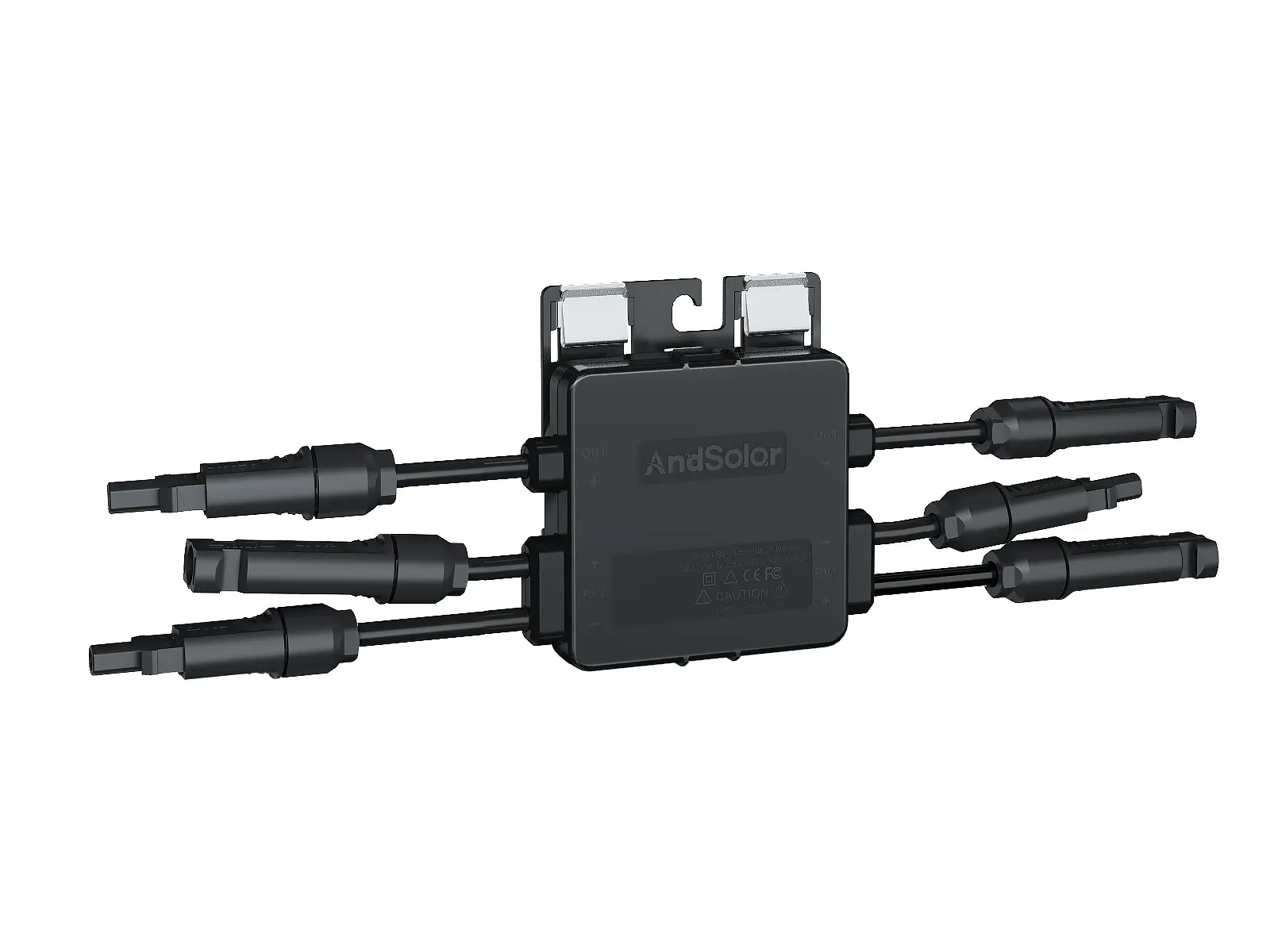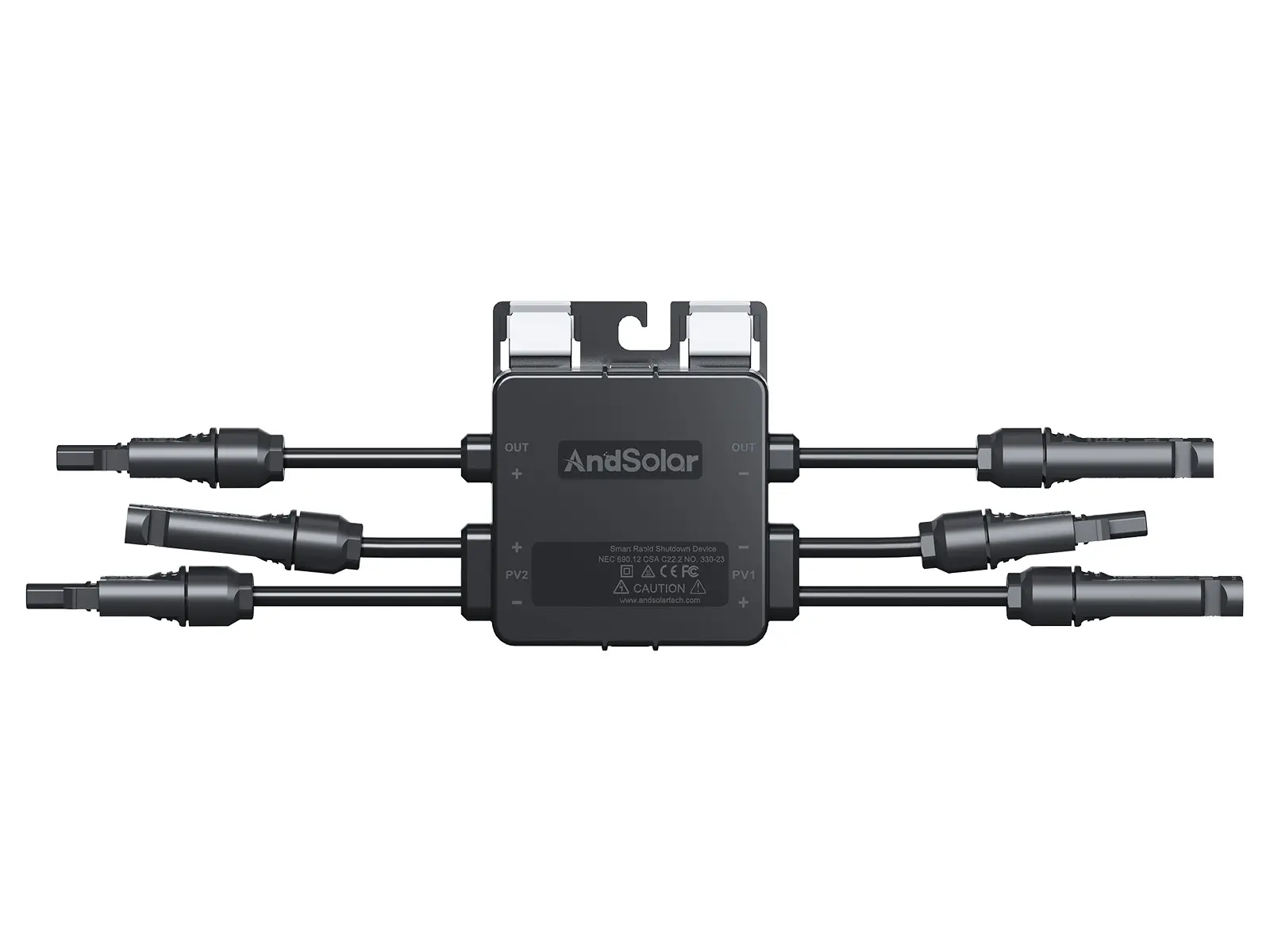Understanding Solar Safety Through Rapid Shutdown Innovation
The evolution of solar energy systems has brought unprecedented focus on safety protocols, with rapid shutdown standards emerging as a crucial component in modern solar installations. These standards represent a critical advancement in protecting first responders and maintenance personnel while ensuring optimal system performance. As the solar industry continues to expand globally, the implementation of comprehensive rapid shutdown standards has become increasingly vital for both residential and commercial installations.
The importance of rapid shutdown standards cannot be overstated, as they directly impact the safety and efficiency of solar power systems worldwide. These regulations ensure that solar panels can be quickly de-energized in emergency situations, providing an essential layer of protection for firefighters and other emergency responders who may need to access a building's roof.
The Evolution of Global Rapid Shutdown Requirements
Historical Development of Safety Standards
The journey toward comprehensive rapid shutdown standards began with the recognition that traditional solar installations posed potential risks during emergency situations. Initially, solar systems remained energized even when the main electrical service was disconnected, creating hazardous conditions for first responders. This realization led to the development of the first rapid shutdown requirements in the United States through the National Electrical Code (NEC) in 2014.
Since then, rapid shutdown standards have undergone several iterations and improvements, with each update addressing new challenges and incorporating technological advancements. The evolution of these standards reflects the industry's commitment to enhancing safety while maintaining system efficiency and reliability.
Current International Framework
Today's global rapid shutdown standards encompass a diverse range of requirements that vary by region and jurisdiction. While the United States has led many initiatives through the NEC requirements, other countries have developed their own standards or adopted modified versions of existing frameworks. These international standards share common goals but may differ in specific technical requirements and implementation timelines.
The global framework continues to evolve as more countries recognize the importance of standardized safety protocols in solar installations. This international approach helps create a more cohesive and secure solar energy landscape while facilitating cross-border trade and technology adoption.

Technical Specifications and Compliance Measures
Core Requirements for Rapid Shutdown Systems
Modern rapid shutdown systems must meet stringent technical specifications to ensure reliable operation and safety compliance. These requirements typically include voltage reduction within specified time frames, communication protocols between components, and fail-safe mechanisms. The standards mandate that systems must reduce voltage to safe levels within designated areas around the array, typically within 30 seconds of activation.
Compliance measures also address the physical components of rapid shutdown systems, including initiators, controls, and indicators. These components must work seamlessly together to provide immediate response when activated, whether manually or automatically in emergency situations.
Implementation Challenges and Solutions
Installing and maintaining compliant rapid shutdown systems presents various challenges that require innovative solutions. System integrators must consider factors such as compatibility between components, environmental conditions, and long-term reliability. The industry has responded with advanced technologies and simplified installation methods to address these challenges while maintaining high safety standards.
Solutions often incorporate smart monitoring systems, redundant safety features, and modular designs that facilitate maintenance and upgrades. These innovations help ensure consistent compliance while reducing installation complexity and operational costs.
AndSolar's Advanced Compliance Strategy
Innovative Technology Integration
AndSolar has positioned itself at the forefront of rapid shutdown compliance through its innovative approach to technology integration. The company's solutions incorporate state-of-the-art monitoring systems, advanced communication protocols, and robust safety mechanisms that exceed standard requirements. This comprehensive approach ensures maximum protection while maintaining system efficiency.
By leveraging cutting-edge technology, AndSolar's rapid shutdown systems provide seamless operation and reliable performance under various conditions. The company's commitment to innovation is evident in its continuous development of new features and capabilities that enhance both safety and functionality.
Quality Assurance and Testing Protocols
AndSolar maintains rigorous quality assurance programs to validate compliance with rapid shutdown standards across its product line. Each component undergoes extensive testing under various environmental conditions and operating scenarios to ensure reliable performance. The company's testing protocols exceed minimum requirements, providing additional confidence in system safety and reliability.
Regular audits and certification updates demonstrate AndSolar's ongoing commitment to maintaining the highest safety standards. This proactive approach helps ensure that all products remain compliant with evolving regulations while meeting customer expectations for performance and reliability.
Future Trends and Industry Impact
Emerging Technologies and Standards
The rapid shutdown landscape continues to evolve with new technologies and updated standards emerging regularly. Industry experts anticipate further developments in areas such as wireless communication, artificial intelligence integration, and enhanced monitoring capabilities. These advancements will likely influence future iterations of rapid shutdown standards and shape the development of new compliance solutions.
AndSolar remains actively involved in industry discussions and standard development processes, helping to shape the future of solar safety technology. This forward-looking approach ensures that the company's products will continue to meet or exceed evolving requirements while incorporating the latest technological innovations.
Market Adaptation and Growth Opportunities
As rapid shutdown standards become more widespread globally, the market for compliant solar equipment continues to expand. This growth creates new opportunities for innovation and market development, particularly in regions adopting standards for the first time. Industry leaders anticipate increased demand for integrated solutions that combine rapid shutdown capabilities with other advanced features.
AndSolar's strategic positioning and commitment to compliance make it well-suited to capitalize on these market opportunities while maintaining its focus on safety and reliability. The company's experience and expertise in rapid shutdown technology provide a strong foundation for continued growth and market leadership.
Frequently Asked Questions
What makes rapid shutdown standards essential for solar installations?
Rapid shutdown standards are essential because they provide critical safety measures for emergency responders and maintenance personnel. These standards ensure that solar arrays can be quickly de-energized in emergency situations, reducing the risk of electrical hazards and allowing safe access to rooftop areas.
How does AndSolar ensure ongoing compliance with evolving standards?
AndSolar maintains compliance through continuous monitoring of regulatory changes, regular product testing and certification updates, and proactive development of new technologies. The company's quality assurance program includes comprehensive testing protocols and regular audits to verify compliance with current standards.
What distinguishes AndSolar's rapid shutdown solutions in the market?
AndSolar's solutions stand out through their innovative technology integration, superior reliability, and comprehensive safety features. The company's commitment to exceeding minimum requirements, combined with its focus on user-friendly design and efficient operation, creates a distinctive market position.

